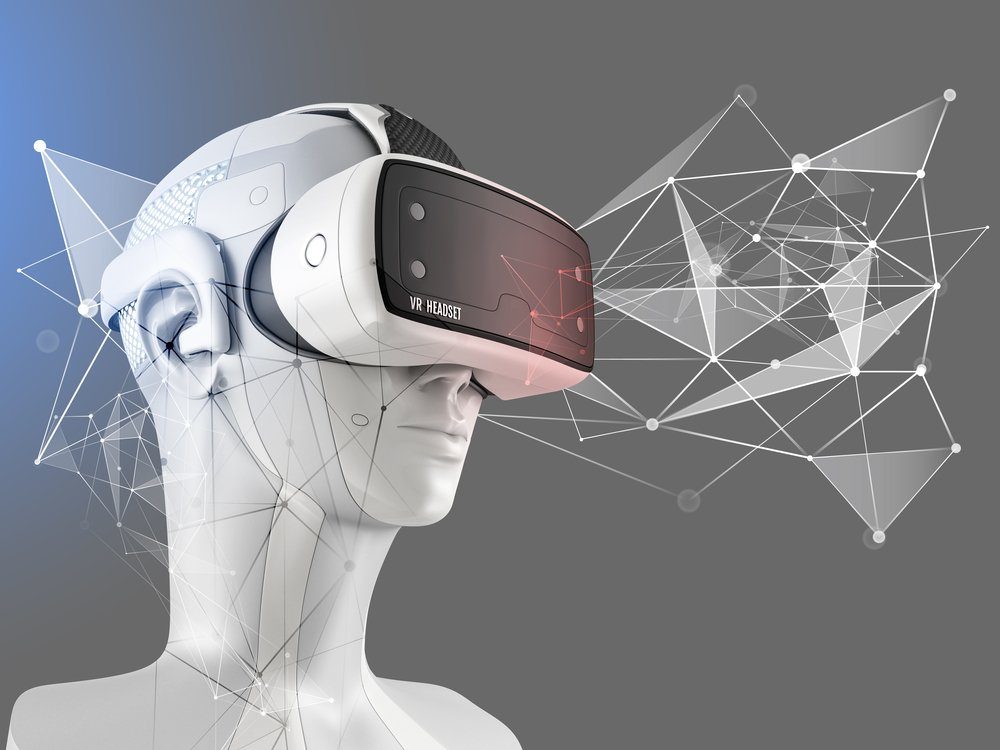Virtual Reality-based Rehabilitation May Improve Upper Limb Function in MS Patients, Review Finds

Motor rehabilitation using virtual reality (VR) may improve hand and arm function in people with multiple sclerosis (MS), according to a review study.
Evidence of its beneficial effect is, however, still preliminary, as most analyzed studies included small patient groups and some failed to show statistically significant improvements in upper limb function, the researchers noted.
As such, further research is needed to determine the therapeutic benefits of VR-based motor rehabilitation, its optimal protocol, and whether this type of approach is more effective than conventional rehabilitation strategies.
The review study, “Upper limb rehabilitation interventions using virtual reality for people with multiple sclerosis: A systematic review,” was published in the journal Multiple Sclerosis and Related Disorders.
Most people with MS experience a gradual loss of function and dexterity in their hands and arms, which has a negative impact on their everyday activities, independence, employment, and quality of life.
However, upper limb rehabilitation interventions in MS patients have been “historically understudied,” the researchers wrote, but such approaches can improve hand and arm motor function, according to current limited data.
One promising and relatively new strategy is based on VR, using interactive simulations that can be integrated into serious games — those designed for purposes other than pure entertainment, and which promote learning and behavioral changes.
“The increased interest in VR based strategies are due to the reported advantages, such as improving motivation and enjoyment, providing real-time feedback in a safe virtual environment and having the potential to be used where the user feels comfortable, such as the home,” the researchers wrote.
While research on this type of approach in MS is rapidly growing, few studies have evaluated its effects on patients’ upper limb function, and therefore, its therapeutic benefit in this field remains largely unclear.
Researchers in Glasgow, in the U.K., have now systematically reviewed published studies up to March 2020 reporting the effects of VR-based motor rehabilitation on upper limb function in adults with MS. The review was funded as part of a grant award from the U.K. MS Society.
From a total of 167 studies assessed for eligibility, 10 were included in the analysis and consisted of six randomized controlled clinical trials and four observational studies, covering 230 MS patients.
The studies involved relatively small numbers of participants (range from five to 60), with 73.4% of patients, whose MS type was provided, having relapsing-remitting MS.
All of the studies used different VR-based intervention protocols, including commercial and custom VR technologies, along with combination approaches using robotics, electrical stimulation, and occupational therapy.
Interventions also differed in duration (one day to a six-month program), intensity (sessions of 20 minutes to one hour), and targeted upper limb (one or both, dominant or most impaired). The specific actions, exercises, or games used within each study were generally poorly described, the researchers noted, but grasping and reaching were common involved movements.
VR-based approaches were compared with no intervention, conventional approaches, and other VR-based interventions. Changes in patients’ upper limb function were assessed with a number of validated, objective measures, of which the Nine-Hole Peg Test (9HPT) — measuring hand function — was the most commonly used.
Results showed that most analyzed VR-based interventions led to significant improvements in patients’ upper limb function.
Notably, three of the five studies assessing hand function with 9HPT found significant improvements after VR-based rehabilitation, with two others showing gains that did not reach statistical significance. Significant improvements in other parameters, such as arm function, active range of motion, and handgrip strength, were also reported in several studies.
There were conflicting findings about whether VR-based interventions were more effective than conventional approaches and their sustained benefits months after intervention.
One study compared different VR-based interventions, and the only strategy resulting in significant improvements in the 9HPT involved higher immersion. Of note, VR immersion refers to the overall sensation of experiencing the virtual world, and higher immersion is “positively received by users as it increases motivation, lowers cognitive workload and can help improve task success,” the researchers wrote.
Among the review’s limitations was the fact that most studies scored a weak rating in the quality assessment, the team noted, and many did not report important data such as the participants’ MS type, disease duration, and disability level, as well as which upper limb was treated and assessed.
“Despite the limited number of studies eligible for this review, there is early evidence to suggest that VR based rehabilitation has the potential to improve [upper limb function] within people with MS,” the researchers wrote.
“However, there is no clear consensus on which VR based approaches are the most effective, or the optimum intervention duration and intensity,” the team added.
Therefore, “further studies should evaluate the effect of virtual reality intervention on upper limb function in people with Multiple Sclerosis, and clearly define the optimal intervention protocol for upper limb rehabilitation using virtual reality,” the researchers wrote.
Currently, a number of clinical trials evaluating VR-based motor rehabilitation in MS patients are underway, and some are actively recruiting; more information can be found here.






